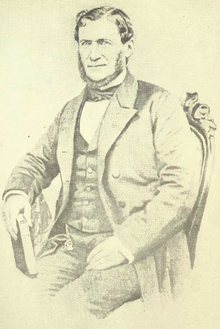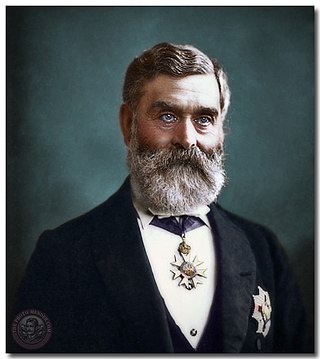
Sir William Vallance Whiteway, was a politician and three time Premier of Newfoundland.
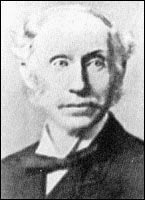
Sir Robert Thorburn was a British-born Newfoundland merchant and politician who served as the colony's Premier from 1885 to 1889.

Irish Canadians are Canadian citizens who have full or partial Irish heritage including descendants who trace their ancestry to immigrants who originated in Ireland. 1.2 million Irish immigrants arrived from 1825 to 1970, and at least half of those in the period from 1831 to 1850. By 1867, they were the second largest ethnic group, and comprised 24% of Canada's population. The 1931 national census counted 1,230,000 Canadians of Irish descent, half of whom lived in Ontario. About one-third were Catholic in 1931 and two-thirds Protestant.

The Royal Black Institution, the Imperial Grand Black Chapter of the British Commonwealth, or simply the Black Institution, is a Protestant fraternal society.

The Twelfth is a primarily Ulster Protestant celebration held on 12 July. It began in the late 18th century in Ulster. It celebrates the Glorious Revolution (1688) and victory of Protestant King William of Orange over Catholic King James II at the Battle of the Boyne (1690), which ensured a Protestant Ascendancy in Ireland. On and around the Twelfth, large parades are held by the Orange Order and Ulster loyalist marching bands, streets are plastered with union jacks and bunting, and large towering bonfires are lit in loyalist neighbourhoods. Today the Twelfth is mainly celebrated in Northern Ireland, where it is a public holiday, but smaller celebrations are held in other countries where Orange lodges have been set up.

Leslie Howard Saunders was Mayor of Toronto, Canada, from 1954 to 1955 and the last member of the Orange Order to hold the position until William Dennison. He also served as Mayor of East York in 1976.

The Loyal Orange Institution, commonly known as the Orange Order, is an international Protestant fraternal order based in Northern Ireland and primarily associated with Ulster Protestants. It also has lodges in England, Scotland, Wales and the Republic of Ireland, as well as in parts of the Commonwealth of Nations and the United States. The Orange Order was founded by Ulster Protestants in County Armagh in 1795, during a period of Protestant–Catholic sectarian conflict, as a fraternity sworn to maintain the Protestant Ascendancy in Ireland. The all-island Grand Orange Lodge of Ireland was established in 1798. Its name is a tribute to the Dutch-born Protestant king William of Orange, who defeated Catholic king James II in the Williamite–Jacobite War (1689–1691). The Order is best known for its yearly marches, the biggest of which are held on or around 12 July, a public holiday in Northern Ireland.
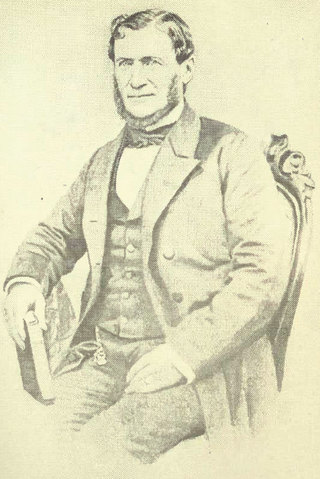
Ogle Robert Gowan was a farmer, Orangeman, journalist and political figure in Upper Canada and Canada West.

William Henry Boulton was a lawyer and political figure in Canada West. He served as Mayor of Toronto from 1845 to 1847, and in 1858, where in the position he was considered "a colourful figure with varied interests" - likely due to his seemingly polar opposite influences in office: "sympathies for Family Compact traditions" and the inherent righteousness of the Church of England juxtaposed to elective institutions, the "rep-by-pop" system, and his interests in republicanism and "popularism".

The Grand Orange Lodge of Scotland, or Loyal Orange Institution of Scotland, Orange Order in Scotland, The Orange Order is the oldest and biggest Protestant fraternity in Scotland. The Loyal Orange Institution was an official participant in the 2014 independence referendum. Its headquarters are in Motherwell, having previously been in Bridgeton, Glasgow with 15,000 members in the Scottish Lowlands.
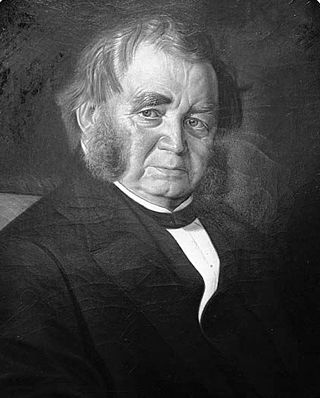
Francis Henry Medcalf was a Canadian millwright, iron founder, and Mayor of Toronto during the periods 1864–1866 and 1874–1875. He was also a member of the Orange Order in Canada.
The Loyal Orange Institution, better known as the Orange Order, is a Protestant fraternal order based in Northern Ireland. It has been a strong supporter of Irish unionism and has had close links with the Ulster Unionist Party, which governed Northern Ireland from 1922 to 1972. The Orange Order has lodges throughout Ireland, although it is strongest in the North. There are also branches throughout the Commonwealth, and in the United States. In the 20th century, the organisation went into sharp decline outside Northern Ireland and County Donegal. Observers have accused the Orange Order of being a sectarian organisation, due to its goals and its exclusion of Roman Catholics and close relatives of Catholics as members. The Order has a substantial fraternal and benevolent component.

The Drumcree conflict or Drumcree standoff is a dispute over yearly parades in the town of Portadown, Northern Ireland. The town is mainly Protestant and hosts numerous Protestant marches each summer, but has a significant Catholic minority. The Orange Order insists that it should be allowed to march its traditional route to and from Drumcree Church on the Sunday before the Twelfth of July. However, most of this route is through the mainly Catholic/Irish nationalist part of town. The residents, who see the march as sectarian, triumphalist and supremacist, have sought to ban it from their area. The Orangemen see this as an attack on their traditions; they had marched the route since 1807, when the area was mostly farmland.
Municipal elections were held in Toronto, Ontario, Canada, on December 6, 1954. Incumbent mayor Leslie Saunders was defeated by Nathan Phillips in a close contest.

Orange walks, or Orange marches, are a series of parades by members of the Orange Order and other Protestant fraternal societies, held during the summer months in various Commonwealth nations, and most notably across Ireland. The parades typically build up to 12 July celebrations marking Prince William of Orange's victory over King James II & VII at the Battle of the Boyne in 1690.

Freemasonry is a fraternal organisation that arose from the loose organization of medieval masons working in the medieval building industry.
Scottish-Irish Canadians or Scots-Irish Canadians are those who are Ulster Scots or those who have Ulster Scots ancestry and live in or were born in Canada. Ulster Scots are Lowland Scots people and Northern English people who immigrated to the Irish Province of Ulster from the early 17th century after the accession of James I to the English throne. This was known as the Plantation of Ulster.
Samuel Sherwood was High Constable of the Toronto Police Department from 1852 to 1859. A tavern owner with ties to the Tory Family Compact, his brother, Henry Sherwood was Mayor of Toronto and then Premier of Canada West in the 1840s. According to Conyngham Crawford Taylor, Samuel Sherwood was “a quiet, good-natured man, who did not insist on any strict regulations as to the dress or discipline of the men. They wore a uniform, but without uniformity, except in one respect—they were universally slovenly.” His stewardship of the police force was accordingly lax. Most officers were Orangemen, at a time when Toronto was riven by religious sectarianism between the more affluent Protestant majority and the poorer Catholic minority, and showed favouritism to other members of the Orange Order, even to the point of joining them in brawling with Catholics in the six major instances of sectarian rioting between 1852 and 1858. In March 1858, Sherwood himself refused to testify against a fellow Orangeman implicated in rioting at the St Patrick's Day parade.

The Ku Klux Klan is an organization that expanded operations into Canada, based on the second Ku Klux Klan established in the United States in 1915. It operated as a fraternity, with chapters established in parts of Canada throughout the 1920s and early 1930s. The first registered provincial chapter was registered in Toronto in 1925 by two Americans and a Canadian. The organization was most successful in Saskatchewan, where it briefly influenced political activity and whose membership included a member of Parliament, Walter Davy Cowan.
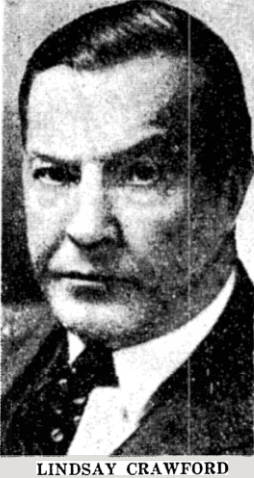
Robert Lindsay Crawford (1868–1945) was an Irish Protestant politician and journalist who shifted in his loyalties from Unionism and the Orange Order to the Irish Free State. He was a co-founder of the Independent Orange Order through which he hoped to promote Irish reconciliation and democracy. Later he became a committed Irish nationalist mobilizing support in Canada for Irish self-determination and serving the new Irish state as its trade representative and consul in New York City.

